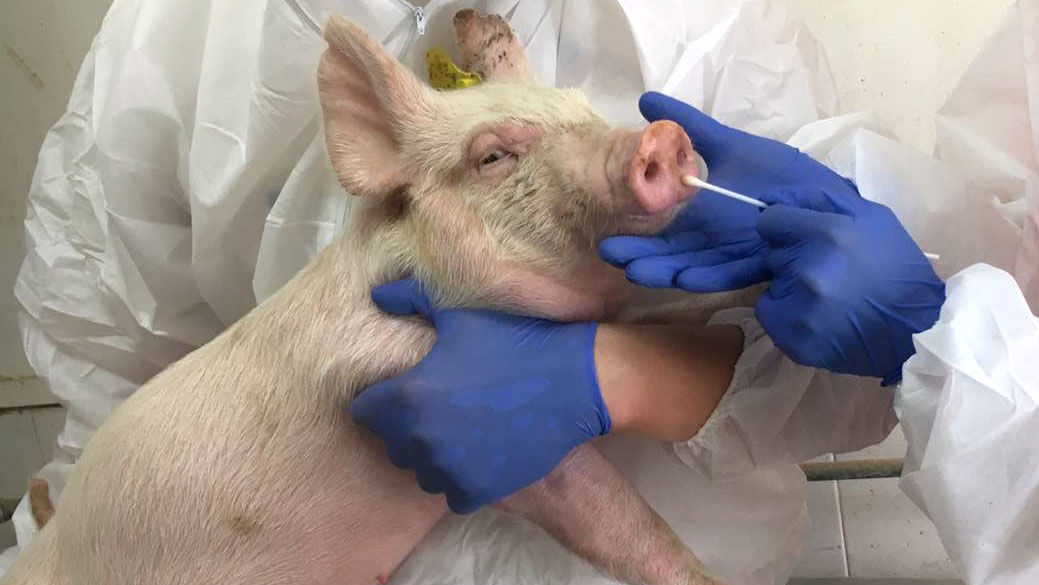BEIJING: Scientists have identified another emerging flu virus in China that poses “the risk of a human pandemic”, while the world continues to battle the coronavirus outbreak.
When multiple strains of influenza viruses infect the same pig, they can easily swap genes, a process known as “reassortment.”
The new study, published today in the Proceedings of the National Academy of Sciences, focuses on an influenza virus dubbed G4. The virus is a unique blend of three lineages: one similar to strains found in European and Asian birds, the H1N1 strain that caused the 2009 pandemic, and a North American H1N1 that has genes from avian, human, and pig influenza viruses.
However unlike the swine flu, the current influenza vaccine doesn’t appear to cover the newly identified virus G4 EA H1N1 and people don’t have immunity for it – although the flu vaccine could be adapted if necessary.
“It is of concern that human infection of G4 virus will further human adaptation and increase the risk of a human pandemic,” the scientists say.
“Epidemiological survey found that the two patients had neighbors who reared pigs, suggesting that G4 EA virus could transmit from swine to human, and lead to severe infection and even death.”
In the paper, the scientists say 10.4 per cent of swine workers tested (35 of 338) were found to have antibodies for the virus, “indicating that the predominant G4 EA H1N1 virus has acquired increased human infectivity”.
“Such infectivity greatly enhances the opportunity for virus adaptation in humans and raises concerns for the possible generation of pandemic viruses,” the scientists say.









Comment